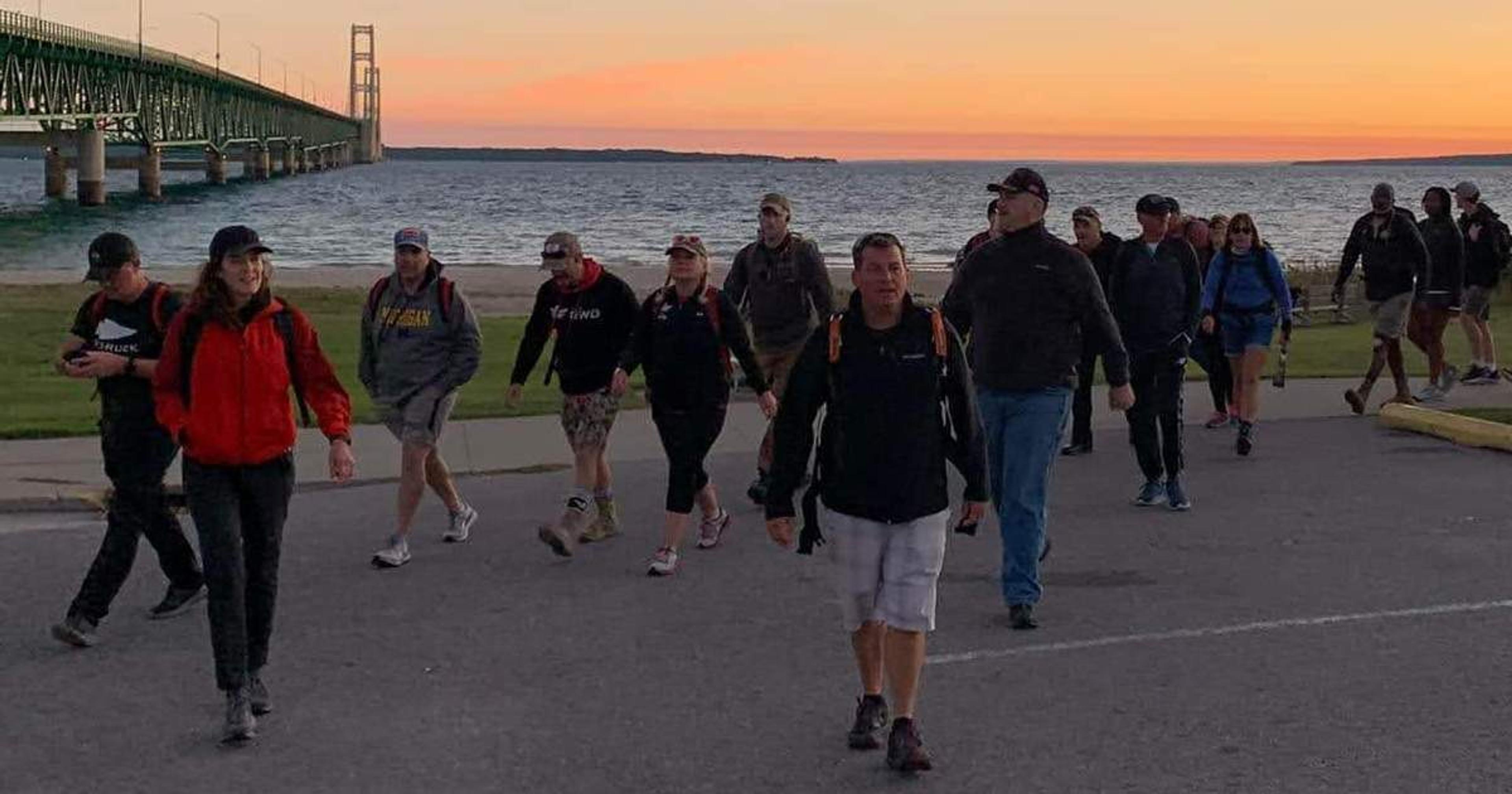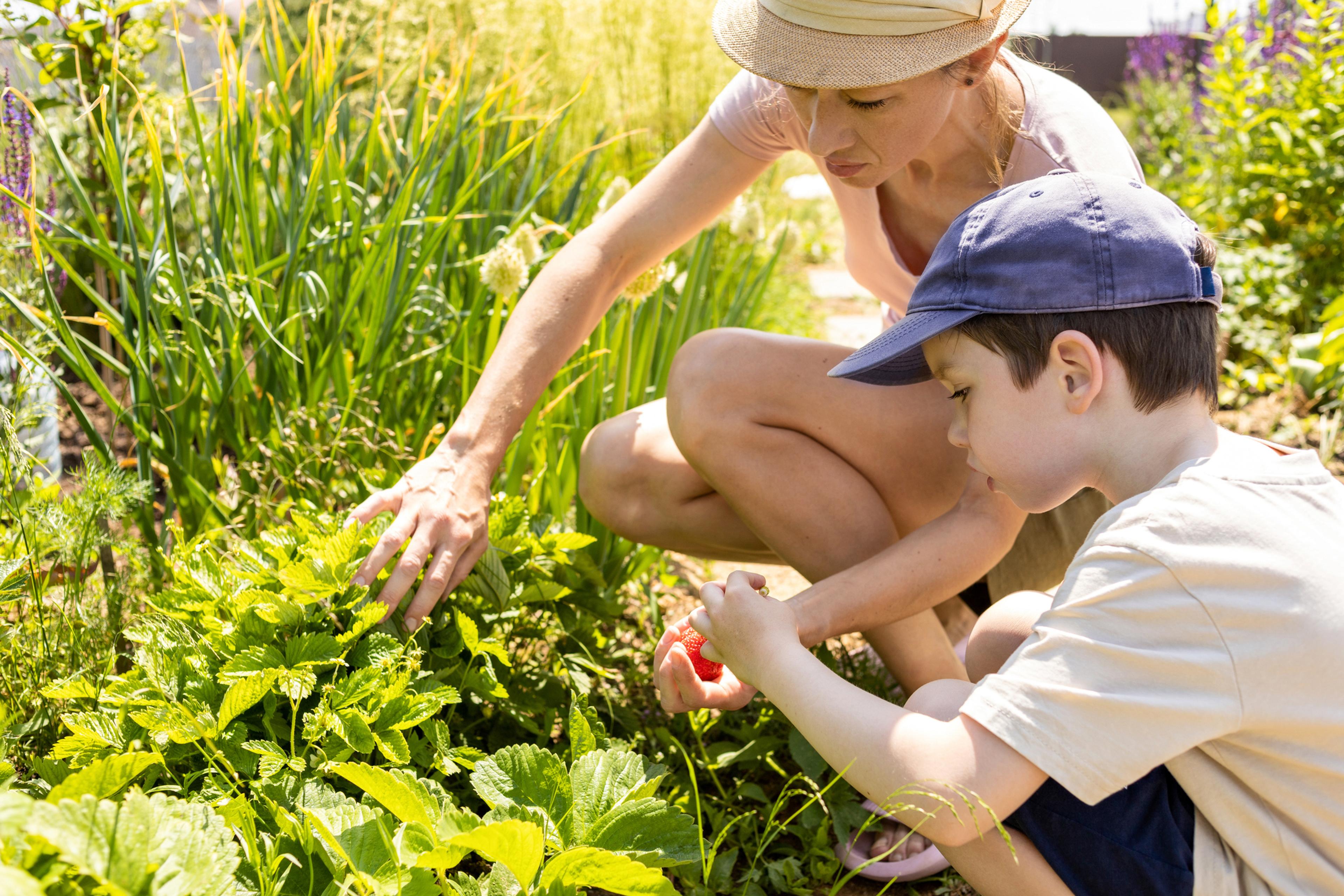How to Turn a State Park into a Gym
| 4 min read

Regular physical activity can help prevent chronic health conditions, including high blood pressure, heart disease and type 2 diabetes. Yet, many still struggle to establish a regimen or embrace the gym setting. Luckily, exercise isn’t restricted to one type or location. Studies have found that people who train outdoors tend to exercise longer and more frequently. Head over to a nearby park to perform some of these fun, interactive moves:
Open Trails
These routines require quality running shoes and an open trail. They deliver a moderate to intense cardio workout as well as lower body training.
- Hill Sprint – Start with a 10 to 20-minute walk or light jog. This will warm up the body, loosening the joints and muscles. Next, sprint up a hill for 10, 30, 60 or even 90 seconds before slowly walking back down. Sprint intervals can vary according to the individual’s goals. Shorter bursts increase power and build muscle, while longer runs improve endurance.
- Walking High-knees – With feet hip-distance apart, lift the right knee to waist-level. The left arm should move forward, as the right arm moves back. Then, release the right knee to the ground, before elevating the left knee to waist-level. In this instance, the right arm should swing forward, as the left arm falls back.
- Walk/Jog – Start by walking at a smooth, comfortable pace for five minutes. Then, increase the speed and jog for a 30 to 60-second interval (depending on fitness level). Return to the original pace for two minutes before repeating the process. These intervals will elevate the heart rate to burn more calories in a shorter period.
Park Benches
The following exercises require one piece of equipment—a park bench. Collectively, these moves target the shoulders, triceps, chest, thighs and calf muscles.
- Incline Push-up – Facing the bench, place hands flat on the seat—a little wider than shoulder width apart. Extend the feet and legs behind the body taking the push-up position. Using the elbows, slowly lower the chest towards the bench. Return to the original position by pushing upwards but not locking the elbows.
- Step-up – Place the right foot flat on the bench. Push through the heel and bring the left knee up to a 90-degree angle, before placing it back on the ground. Perform the same movement on the opposite leg using a fluid stepping motion.
- Triceps Dip – Start by sitting on a bench, with hands at the side of each hip, facing forward. Walk the feet in front of the body and use the hands to push the hips upward. Upon return, lower the hips beneath the bench, bending the elbow but keeping shoulders straight. Repeat.
Trees
Get a combination of upper and lower body training by performing these three exercises. They strengthen the glutes, thighs, hips, abdominals, arms, back and chest.
- Hanging Leg Raise – Find a large branch that’s high enough and strong enough to permit a full body extension to hold the entirety of the body’s weight. Reach overhead and establish a wide but firm grip. Using the hips and abdominal muscles, raise the knees, pulling them towards the chest. Hold for one second before lowering back to the ground.
- Pull-up – Place hands palms-forward, shoulder width apart. Allow the body to hang, while pushing the chest out. For those with limited space below, bend the knees and cross the feet. Pull the body up until the branch touches the upper chest. Squeeze the back muscles, then slowly return to the starting position.
- Tree-sit – This is an outdoor variation of the wall-sit exercise. Start by standing with your back pressed against a tree trunk. Slowly slide down into a squat with the knees at a 90-degree angle. Keep the thighs parallel to the floor. Hold this position for 60 seconds and rest for 30.
If you found this post helpful, you might also enjoy:
Photo credit: Rawpixel





